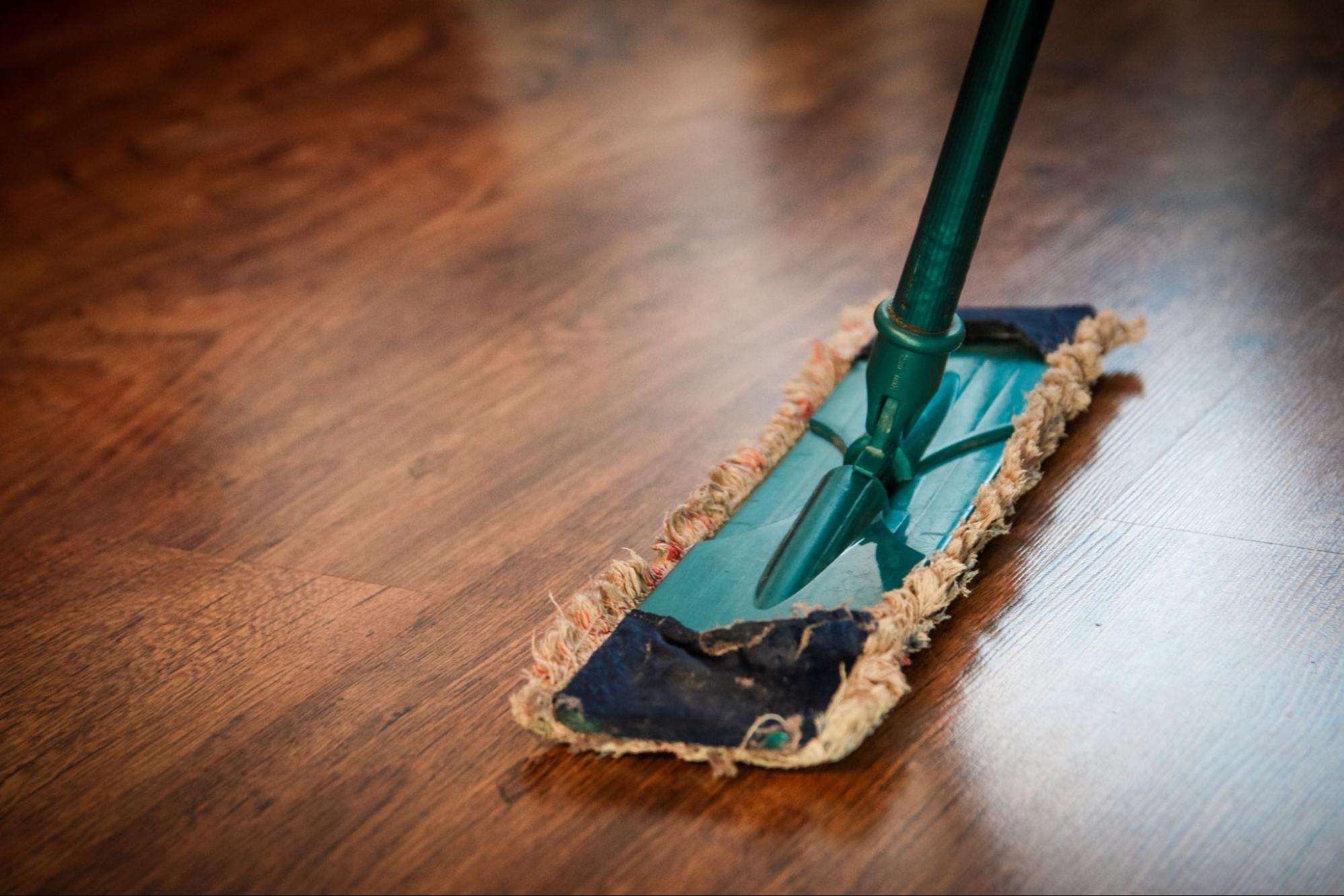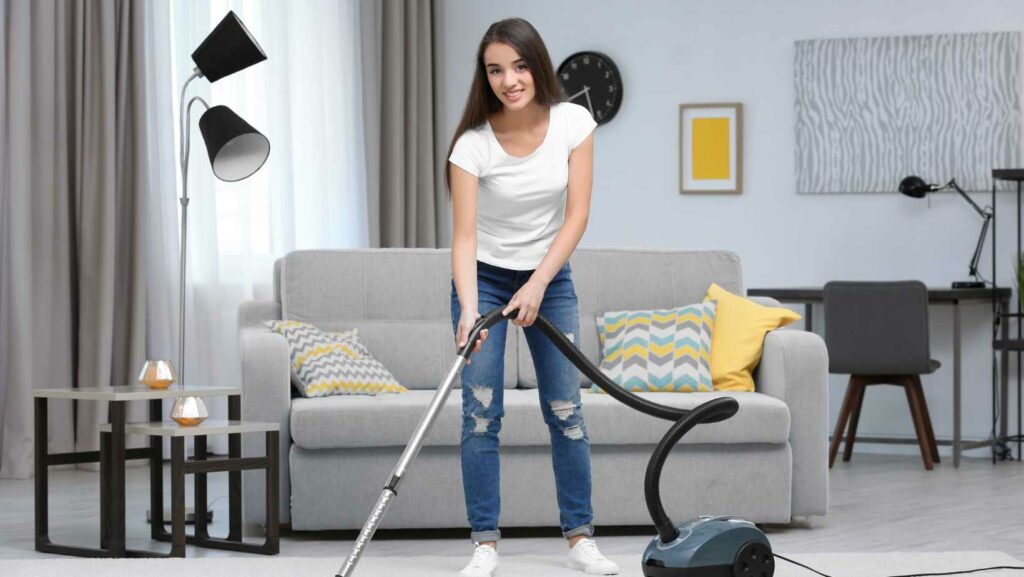Can you vacuum a wet carpet? This is a common question that many homeowners have when faced with a spill or accident on their carpets. While it may seem like a logical solution to use a vacuum cleaner to remove the moisture, the answer is not as straightforward as it seems.
In most cases, it is NOT recommended to vacuum a wet carpet. Vacuum cleaners are designed for dry cleaning and are not equipped to handle liquids efficiently. When you try to vacuum up water or any other liquid, you run the risk of damaging your vacuum cleaner and even causing electrical hazards.
If you have a wet carpet, it’s best to tackle the issue using appropriate methods for drying and cleaning rather than relying on your vacuum cleaner. Start by blotting up as much of the liquid as possible using clean towels or absorbent materials. You can also use a wet/dry vacuum specifically designed for handling liquids.
Remember, safety should always be your priority when dealing with wet carpets and spills. If you’re unsure about how to properly address the situation or if extensive damage has occurred, it’s best to consult professional carpet cleaners who have the expertise and equipment necessary for effective water extraction and restoration.
Contents
Table of Contents
ToggleDo’s And Don’ts For Vacuuming a Wet Carpet
When it comes to vacuuming a wet carpet, there are some important do’s and don’ts to keep in mind. Proper care and caution should be exercised to avoid causing further damage or potential safety hazards. Here are a few guidelines to follow:
Do:
- Act quickly: If your carpet gets wet, it’s important to address the issue promptly. The longer moisture sits, the more likely it is for mold and mildew to develop.
- Remove excess water: Before attempting to vacuum, use towels or a wet/dry vacuum cleaner to soak up as much water as possible. This will help prevent excessive saturation of your carpet.
- Use specialized equipment: Opt for a wet/dry vacuum cleaner specifically designed for handling liquids. These machines are equipped with features such as sealed canisters and waterproof filters that can handle the moisture effectively.
- Test an inconspicuous area: Before proceeding with vacuuming the entire carpet, test the machine on a small hidden spot first to ensure there are no adverse effects on the fibers or colors.
- Follow manufacturer’s instructions: Different vacuum cleaners may have specific recommendations for dealing with wet surfaces, so make sure you read and adhere to the instructions provided by the manufacturer.
Don’t:
- Use a regular household vacuum cleaner: Standard vacuums are not designed or equipped to handle wet surfaces adequately. Attempting to use one can potentially lead to electrical shock or damage the internal components of the machine.
- Neglect proper ventilation: Make sure there is sufficient airflow in the room while drying out your carpet post-vacuuming, as this will aid in preventing mold growth.
- Forget about professional assistance: In cases of extensive water damage or if you’re unsure about how best to tackle wet carpets, it’s wise to seek professional help from experienced technicians who specialize in water damage restoration.
By following these do’s and don’ts, you can effectively address a wet carpet situation without causing further harm or compromising your safety. Remember, the key is to act promptly, use the right equipment, and exercise caution throughout the process.
Precautions to Take Before Vacuuming a Wet Carpet
When it comes to vacuuming a wet carpet, there are some important precautions that need to be taken. While it may be tempting to quickly clean up the mess, it’s crucial to follow these steps for safety and effectiveness.

- Assess the situation: Before reaching for your vacuum cleaner, take a moment to assess the extent of the wetness. Is it just a small spill or a larger area affected? Understanding the severity will help determine the best course of action.
- Turn off power sources: Safety should always come first. Prior to starting any cleaning process, ensure that all electrical appliances near the wet carpet are unplugged or turned off at their source. This includes nearby lamps, electronics, and power outlets.
- Remove excess moisture: Begin by using absorbent materials such as towels or paper towels to blot up as much water as possible from the wet carpet. Avoid rubbing or scrubbing vigorously, as this can push water deeper into the fibers or damage them.
- Use proper ventilation: Open windows and doors in the room where you’re working to encourage air circulation and aid in drying out the carpet faster. If available, use fans or dehumidifiers strategically placed around the area for increased airflow.
- Consider professional assistance: In cases of extensive water damage or if you’re unsure about how to proceed safely, it’s advisable to contact professional carpet cleaners who specialize in dealing with wet carpets. They have specialized equipment and expertise necessary for effective restoration.
- Wait until fully dry: It’s essential not to rush through this process – waiting until your carpet is completely dry is crucial before attempting to vacuum it again. Vacuuming while still damp can lead to clogging of your machine and potential mold growth within your carpets.
Remember that each situation is unique, so evaluate accordingly before proceeding with vacuuming a wet carpet. By following these precautions, you can minimize the risk of damage and ensure a more successful and safe cleaning process.
Can You Vacuum a Wet Carpet
When faced with a wet carpet, it’s natural to wonder if vacuuming is a safe option. While it may seem counterintuitive, there are steps you can take to safely vacuum a wet carpet without causing further damage. Follow these guidelines to ensure the best results:
- Assess the severity of the moisture: Before attempting to vacuum, evaluate how wet your carpet is. If it’s just slightly damp or has small spills, vacuuming may be sufficient. However, if your carpet is soaked or has large areas of water accumulation, it’s best to seek professional help and avoid using a regular household vacuum cleaner.
- Use a specialized wet/dry vacuum: Regular vacuums aren’t designed for handling liquids and can easily get damaged when used on wet carpets. Invest in a wet/dry vacuum cleaner specifically designed for extracting moisture from carpets and upholstery. These machines have powerful suction capabilities and features that protect against electrical hazards.
- Prepare the area: Remove any furniture or objects from the carpeted area before starting the cleaning process. This will allow you to thoroughly clean every inch of the wet carpet without obstruction.
- Extract excess moisture: Begin by using towels or absorbent cloths to blot as much liquid as possible from the surface of the carpet. Press firmly but avoid rubbing, as this may push the moisture deeper into the fibers.
- Vacuum with care: Once you’ve removed most of the excess moisture, use your wet/dry vacuum cleaner following its specific instructions for cleaning carpets. Slowly move across each section of the carpet in overlapping passes to ensure thorough cleaning and extraction.
- Allow proper drying time: After completing the vacuuming process, give your carpet ample time to dry completely before placing furniture back on it or walking over it again. Open windows or use fans in well-ventilated areas to speed up the drying process.
Remember, vacuuming a wet carpet should only be done if it’s safe to do so and when using the appropriate equipment. If you’re unsure or dealing with extensive water damage, it’s best to consult professionals who specialize in carpet cleaning and restoration.
Alternative Methods For Cleaning a Wet Carpet
When faced with a wet carpet, it’s important to act quickly to prevent further damage. While vacuuming may not be suitable for wet carpets, there are alternative methods you can try to effectively clean and dry your carpet. Here are a few options:
- Absorb the moisture: Start by blotting the wet area with clean towels or paper towels. Apply gentle pressure to soak up as much liquid as possible. Avoid rubbing the carpet, as this can spread the moisture and potentially damage the fibers.
- Use a wet/dry vacuum: If you have access to a wet/dry vacuum cleaner, this can be an effective tool for removing excess water from your carpet. Make sure to follow the manufacturer’s instructions and use the appropriate settings for wet surfaces.
- Utilize fans and dehumidifiers: Increase air circulation in the room by placing fans strategically around the damp area. This will help expedite the drying process. Additionally, running a dehumidifier can help remove excess moisture from the air, preventing mold growth.
- Steam cleaner or extraction machine: If you have access to professional equipment like a steam cleaner or extraction machine, these can be used to deep clean and extract water from your carpet effectively. Follow the instructions carefully and ensure proper ventilation during and after cleaning.
- Consult professional cleaners: In cases of extensive water damage or if you’re unsure about handling it yourself, it’s best to consult professional carpet cleaners who specialize in dealing with wet carpets. They have specialized equipment and expertise to thoroughly clean and restore your carpet.

